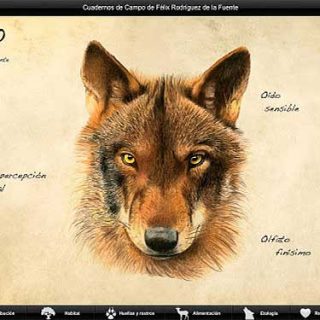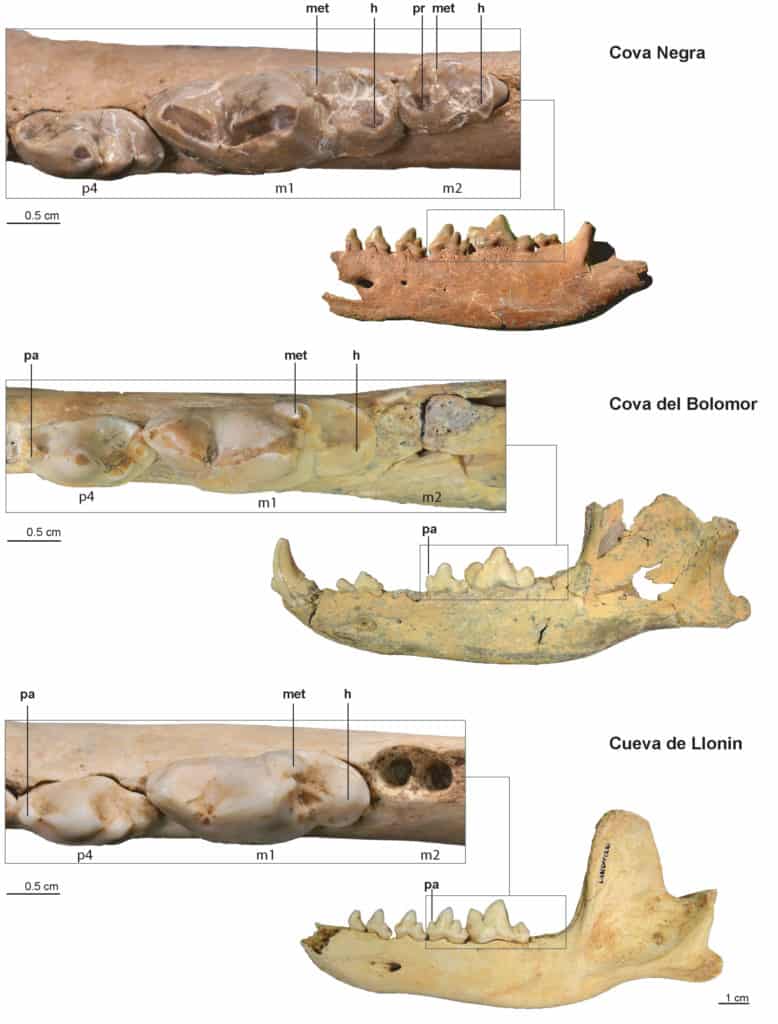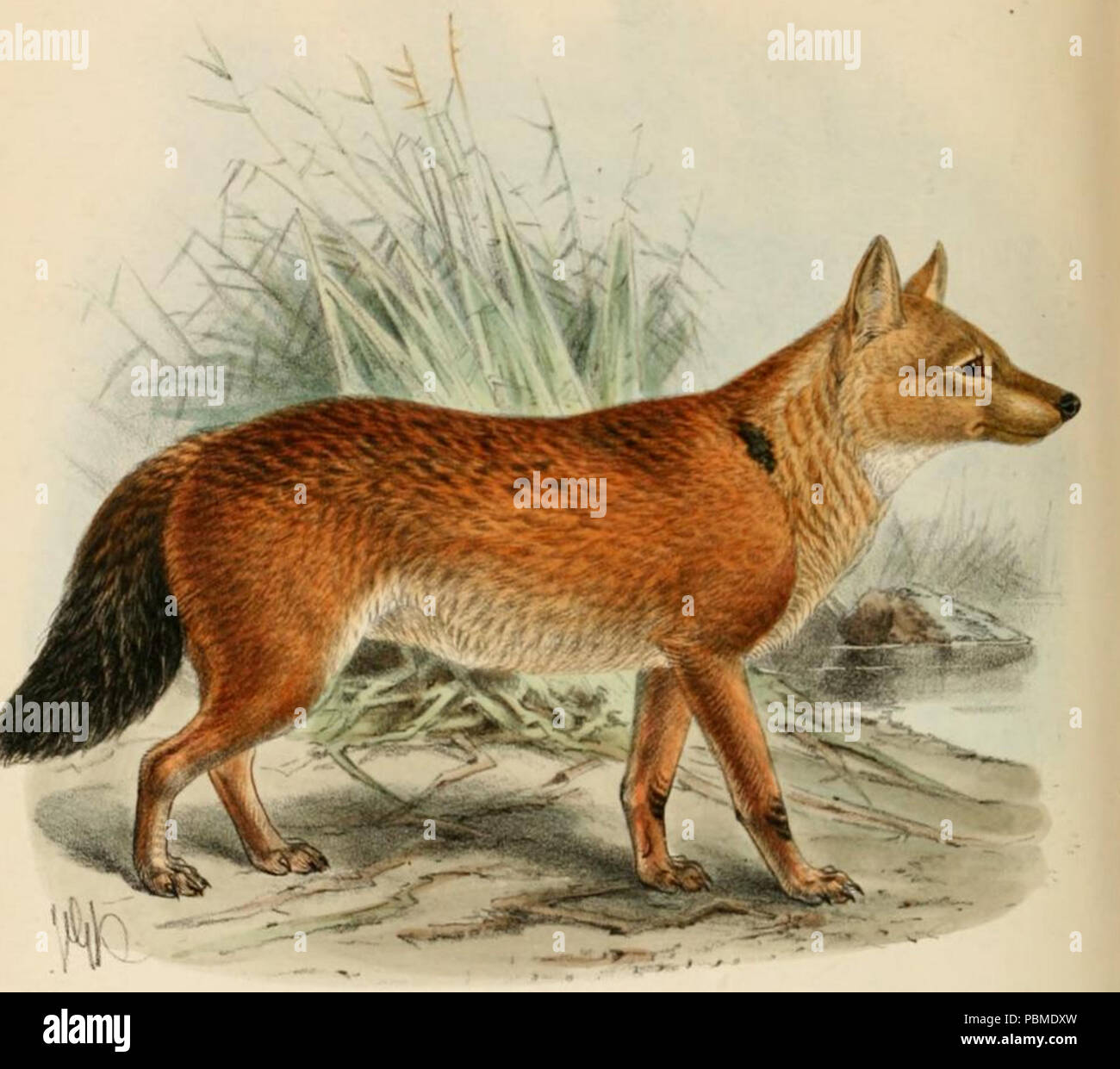
PDF) Present and future of the knowledge about the genus Eumerus Meigen, 1822 (Diptera: Syrphidae) in the Iberian Peninsula

Comparative Animal Mucomics: Inspiration for Functional Materials from Ubiquitous and Understudied Biopolymers | ACS Biomaterials Science & Engineering
The first record of <i>Cuon alpinus</i> (Pallas, 1811) from Poland and the possible impact of other large canids on
The first record of <i>Cuon alpinus</i> (Pallas, 1811) from Poland and the possible impact of other large canids on

The first record of Cuon alpinus (Pallas, 1811) from Poland and the possible impact of other large canids on the evolution of the species - Marciszak - 2021 - Journal of Quaternary Science - Wiley Online Library

Presence of the genus Cuon in upper Pleistocene and initial Holocene sites of the Iberian Peninsula: new remains identified in archaeological contexts of the Mediterranean region - ScienceDirect

Presence of the genus Cuon in upper Pleistocene and initial Holocene sites of the Iberian Peninsula: new remains identified in archaeological contexts of the Mediterranean region - ScienceDirect

The first record of Cuon alpinus (Pallas, 1811) from Poland and the possible impact of other large canids on the evolution of the species - Marciszak - 2021 - Journal of Quaternary Science - Wiley Online Library









